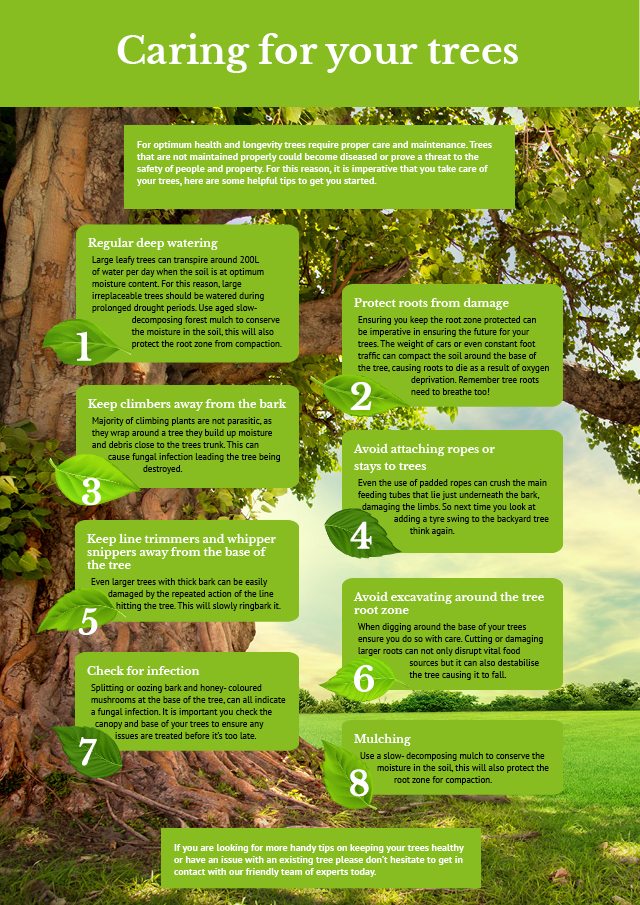Seasonal Tree Stewardship: Methods For Appropriately Taking Care Of Trees Prior To And After They Are Removed
Seasonal Tree Stewardship: Methods For Appropriately Taking Care Of Trees Prior To And After They Are Removed
Blog Article
property manager maintenance -
When it pertains to seasonal tree treatment, making sure proper management before and after elimination can considerably affect the health and wellness and looks of your landscape. By understanding the needed actions associated with assessing tree health and getting ready for elimination, you can proactively guard your residential property. But what regarding the essential techniques to comply with as soon as the tree is gone? Stay tuned to discover the essential post-removal treatment procedures that will aid you grow a thriving and lasting environment for your trees.
Pre-Removal Tree Treatment
Prior to attending to the removal of a tree, it's vital to focus on pre-removal tree treatment. Beginning by evaluating the tree's wellness and structural stability. Try to find indications of illness, insect invasions, or any architectural problems that may posture a safety and security risk throughout removal. It's vital to talk to a licensed arborist to establish the best strategy.
Pruning dead or infected branches can protect against more damage to the tree and ensure a smoother removal process.
In addition, think about the environmental impact of getting rid of the tree. Trees play a crucial role in our environment, so growing a brand-new tree in a suitable location can help counter any kind of loss. Make sure that you have the necessary licenses and authorizations for tree removal, especially if the tree is secured by local policies.
Seasonal Upkeep Tips
Evaluating your tree's requirements throughout the year is crucial for its health and durability. To keep your trees in leading problem, follow these seasonal upkeep suggestions.
In springtime, focus on pruning to remove dead or damaged branches and urge new development.
Summertime requires regular watering, especially during droughts, to guarantee your tree remains hydrated.
As autumn techniques, watch out for early indicators of illness or anxiety, and consider using mulch to shield the roots during winter months.
In winter season, be cautious when eliminating snow from branches to avoid breakage, and remain to monitor your tree's overall health.
Remember to change your treatment routine based upon the certain requirements of your tree types and neighborhood climate. By staying attentive and proactive throughout the periods, you can aid your trees thrive and grow for several years to find.
Post-Removal Tree Treatment
To make sure the health and wellness of your landscape even after tree elimination, proper post-removal treatment is crucial. After a tree is gotten rid of, it's essential to fill up the continuing to be opening with topsoil and portable it to avoid settling. This will aid keep the honesty of the ground and prevent prospective hazards in the future.
Think about planting new plants in place of the eliminated tree to restore the balance and aesthetic appeals of your landscape. On a regular basis water the location to promote the growth of new plants and stop dirt erosion.
Inspect the bordering trees for any indicators of illness or anxiety that might have been caused by the eliminated tree. Watch out for bugs that might've been drawn in to the previous tree and take preventive measures to safeguard the staying greenery.
If needed, speak with an expert arborist to assess the influence of the elimination on the bordering trees and determine any type of additional treatment needed. By following these post-removal treatment actions, you can guarantee the ongoing health and appeal of your landscape.
Final thought
Finally, positive seasonal tree treatment is important for preserving the wellness and equilibrium of your landscape. By evaluating tree health and wellness, trimming, and speaking with an arborist before elimination, you can guarantee a safe process. After elimination, loading the hole, growing brand-new plants, and regular watering will advertise new development and protect against disintegration. Read Alot more in mind to inspect surrounding trees for condition and seek additional treatment measures from an arborist to keep your landscape growing.
